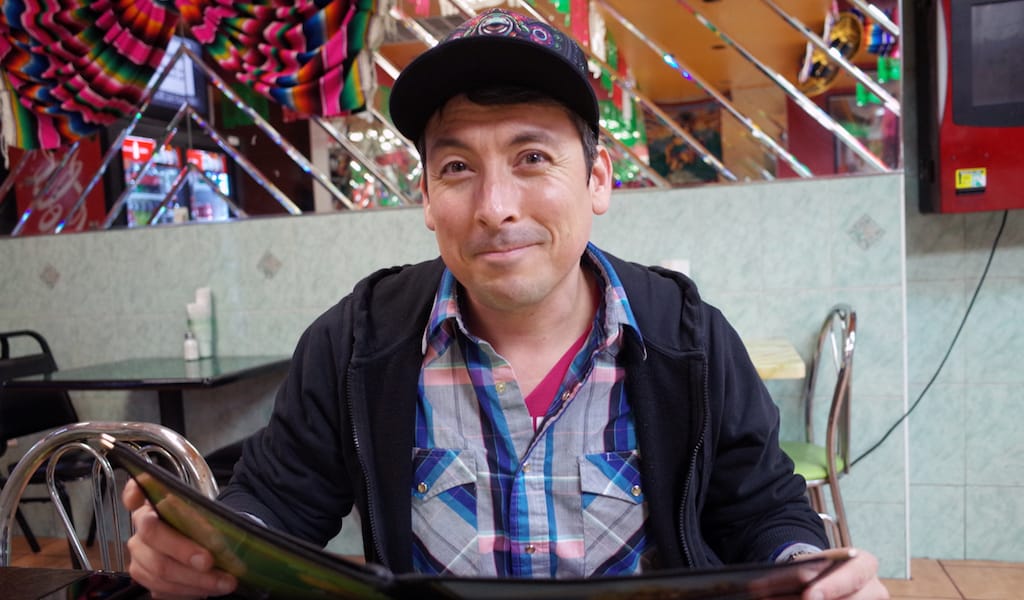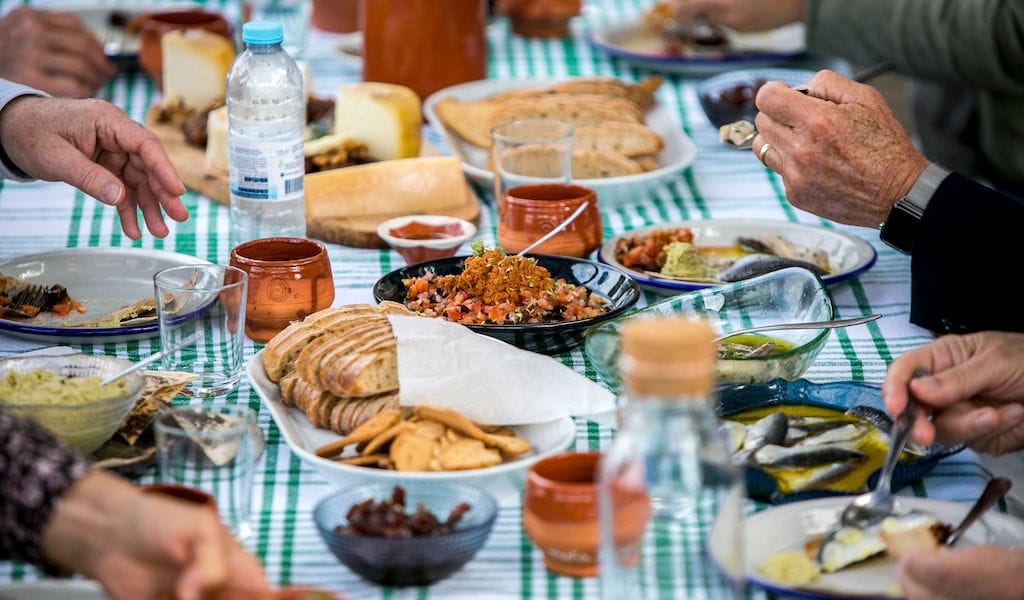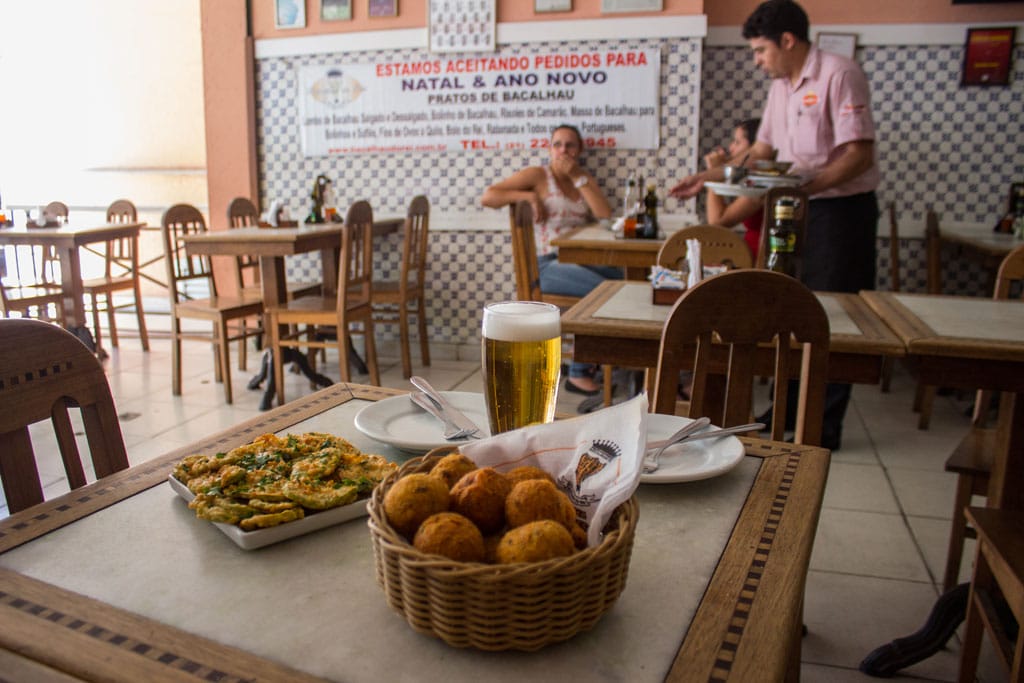To crudely paraphrase Freud, sometimes a taco is not just a taco. That would certainly seem to be the view held by Steven Alvarez, an Assistant Professor of English at St. Johns University in Queens, New York. First at the University of Kentucky, where he previously taught, and now at St. John’s, Alvarez has been leading a course called “Taco Literacy,” which uses the humble Mexican dish as a way of exploring and unpacking such heavyweight issues as immigration, bilingualism, assimilation and acculturation.
It’s a lot to pile on top of a tortilla, but as Alvarez sees it, food speaks – often times in two or more languages – and it can be “read.” Listening closely to what food has to say, Alvarez explains, inevitably leads to hearing the stories of the people making the food.
“The issue of immigration has devolved into something where so much of the rhetoric is dehumanizing, where it’s easy to objectify people, to omit their stories and criminalize them really without understanding who they are. Through food, which is so human, there’s a way to get around that rhetoric,” says Alvarez, speaking with us during a recent taco crawl we took with him in Queens’ Corona neighborhood, a major hub for Latin American immigrant life in New York. “Through food you get to see how aspects of things that are really difficult to talk about become much more human. Food is a place to begin to open up other conversations.”
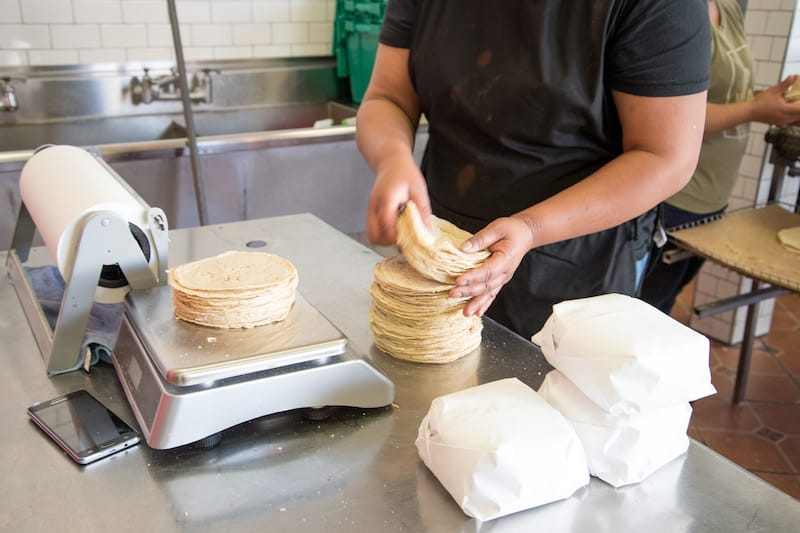
“In essence it’s really about beyond just tacos,” he adds. “It’s really about Mexican foodways, which are part of Mexico but also find their way into the United States. So for me it’s very much about a way to honor those practices, honoring those communities and their people.”
Walking into a restaurant with Alvarez can at times feel like stepping into a crime scene with a detective, the professor observing everything around him with an almost Sherlock Holmesian level of detail. When we stop inside Bella Puebla, a cheerful taqueria on Roosevelt Avenue, Alvarez rapidly takes stock of several key points that taken together tell a story about the Mexican immigrant experience in New York: the illustrations with Aztec and Mayan motifs on one wall, the large aerial photograph of Manhattan on another, the telenovela playing on the television and – most importantly – the flour tortillas on which the restaurant serves its “tacos árabes,” a Puebla specialty which is the legacy of Lebanese immigrants who came to the city in the early 20th century.
“Small restaurants like this are doing a kind of cultural ambassadorship, where they are introducing people to the different flavors of Mexico but also showing the diversity of what’s available,” Alvarez says, looking around the taqueria.
“It offers two different sides. It’s a place where folks can come learn more about the culture and for those who are deeply ingrained in the culture it has a kind of nostalgic pull and offer a way of maintaining transnational ties, really.”
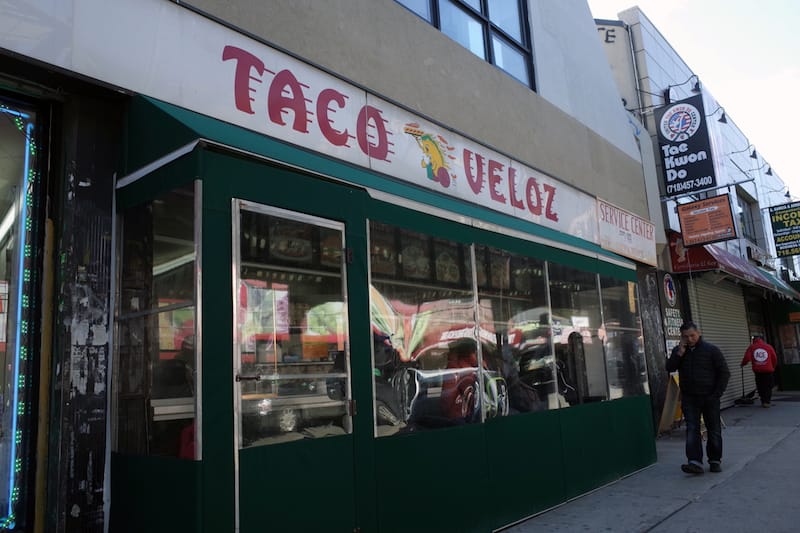
Although his focus is Mexican food and immigrant communities, Alvarez says the “taco literacy” approach is one that can be applied to many other groups and their food. “There are ways to think about, for example, ‘pizza literacy’ or things like macaroni and chili, and how they have become decontextualized from the people who brought it,” he says. “You can start bringing things back into context, understanding their history, their cultural significance and how it always goes back to people and stories, the stories of neighborhoods and how people transform neighborhoods.”
“For me doing this work has been eye opening. I’m Mexican American and didn’t ever really think that the traditions of my family would be something I can pursue academically,” says Alvarez, who grew up in a small copper mining town in Southeast Arizona called Safford, the son a Mexican immigrant mother and Mexican American father.
Listening closely to what food has to say, Alvarez explains, inevitably leads to hearing the stories of the people making the food.
The idea for his “Taco Literacy” course came about while teaching at the University of Kentucky in Lexington, where Alvarez started working in 2012. In Lexington, Alvarez developed a course called “Mexington, Kentucky,” named after a part of town with a large Latino population. The course explored the demographic changes taking place in Kentucky, and for one of the units Alvarez piled his students into a van and took them to a local taqueria.
“Most of the students had only been exposed to places like Taco Bell, Chipotle or Qdoba – things around campus,” Alvarez says. “When we got the menu at the taqueria they were just so curious. They had not seen things like tripas [intestines], buche [pork stomach], cecina [air cured beef]. They were thinking they could only order chicken or beef.”
“They had so many questions about the food and what it meant and it was the happiest I had seen them all semester. And I had this realization: why don’t I do a class that’s all about food?”
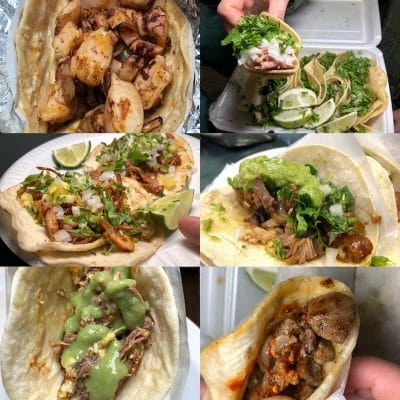 Alvarez started teaching at St. John’s last year, bringing his “Taco Literacy” curriculum along with him. With his move to Queens, Alvarez now finds himself living and working in what may be the ideal place for the kind of work he’s doing. During our walk with him along Roosevelt Ave. in Corona, we tried tacos from the central Mexican state of Puebla, northern Sinaloa and coastal Veracruz, while passing street vendors and restaurants serving the food of numerous other Latin American countries.
Alvarez started teaching at St. John’s last year, bringing his “Taco Literacy” curriculum along with him. With his move to Queens, Alvarez now finds himself living and working in what may be the ideal place for the kind of work he’s doing. During our walk with him along Roosevelt Ave. in Corona, we tried tacos from the central Mexican state of Puebla, northern Sinaloa and coastal Veracruz, while passing street vendors and restaurants serving the food of numerous other Latin American countries.
“Queens is such a jewel. It’s such a great place to be. There’s a lot of good stuff that happens here and it somewhat gets overshadowed by its neighboring boroughs to the south and west,” Alvarez says.
“I’d say, thinking about the American dream, whatever it is, it’s alive and well and kicking in Queens. This is a place where folks are maintaining that dream and the dream is strong.”
While Alvarez certainly likes to talk about food and the deeper issues talking about it can lead to, that’s not to say that he doesn’t know how to also simply enjoy food. Back at Bella Puebla our order of roast goat tacos arrive, the chunks of richly colored meat lying on top of a flour tortilla and sprinkled with chopped onion and cilantro. Alvarez stops talking and takes a look at the plate in front of him. “That’s a good looking taco,” he says enthusiastically, before taking a bite.
Turns out that sometimes a taco is just a taco.
Editor’s note: This week QueensEats is taking over our Instagram account to share photos of their taco crawl through Queens with Steven Alvarez.
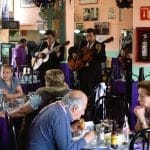 May 28, 2018 Coox Hanal
May 28, 2018 Coox Hanal
The holiday season is one of the more subdued times of the year in Mexico City. Many […] Posted in Mexico City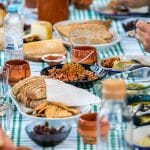 December 23, 2019 Best Bites 2019
December 23, 2019 Best Bites 2019
A bit like 2018, we saw a lot of old and traditional places closing in 2019, with many […] Posted in Lisbon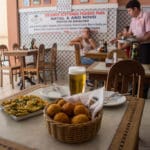 February 24, 2017 Bacalhau do Rei
February 24, 2017 Bacalhau do Rei
A tourist visiting Rio is very likely to hear mention of Baixo Gávea, or B.G. It’s a […] Posted in Rio
Published on May 09, 2018
Related stories
May 28, 2018
Mexico CityThe holiday season is one of the more subdued times of the year in Mexico City. Many people leave the city for vacation or to visit family and friends in other parts of the country. We, however, tend to stick around more often than not, traveling around the city and enjoying the relative peace. That’s…
December 23, 2019
LisbonA bit like 2018, we saw a lot of old and traditional places closing in 2019, with many others threatened with closure – like Casa Cid, a tasca that has been operating since 1913. An investment group bought the building where the tasca is located and will turn it into a luxury hotel, forcing the…
Find true love in a cod fritter on our downtown tour.
February 24, 2017
RioA tourist visiting Rio is very likely to hear mention of Baixo Gávea, or B.G. It’s a very famous square, surrounded by bars and restaurants where young, rich and beautiful cariocas get together.The place is packed almost every night and especially inside the two bars that dominate the bohemian scene there, serving cold draft beer,…







































